
You are doing it all wrong. Here’s the right way to organize your fridge
A well-organized fridge is more than just visually appealing — it’s a cornerstone of food safety, freshness, and efficiency in the kitchen. Unfortunately, many people fall into the habit of shoving groceries wherever they’ll fit, turning their refrigerator into a chaotic puzzle. This not only wastes space but can also lead to faster food spoilage, unnecessary waste, and even potential health risks.
Learning the science and strategy behind fridge organization can transform how you store and use food. With a few simple techniques, you can extend the life of your groceries, save money, and reduce waste while keeping your kitchen running smoothly.
In this comprehensive guide, we’ll explore each area of your fridge — from the top shelf to the crisper drawers and freezer — to help you store food safely and efficiently. You’ll also discover practical tips to maintain freshness and create a system that’s easy to manage every day.
1. The Science of Fridge Organization: Why It Matters
Good fridge organization is far more than just a neat appearance — it’s rooted in food science. Different parts of the refrigerator maintain slightly different temperatures because of how cold air circulates. The top shelves tend to be warmer, while the bottom shelves are colder, which means where you place your food truly matters.
By strategically arranging items, you can maximize their shelf life and keep your food safe for longer. For instance, storing raw meats at the coldest point helps prevent bacteria growth, while keeping dairy away from fluctuating temperatures maintains its quality.
A well-ordered fridge also reduces the risk of cross-contamination — when bacteria from raw foods spread to ready-to-eat ones — and makes it easier to see what you have, preventing forgotten leftovers from turning into science experiments.
Keep your refrigerator temperature below 40°F (4°C) to slow bacterial growth and ensure overall food safety. When you understand the “why” behind organization, every shelf in your fridge starts working smarter, not harder.
2. Top Shelf: Perfect for Drinks and Leftovers
The top shelf usually maintains the most consistent temperature, making it perfect for drinks, snacks, and ready-to-eat foods. Since it’s slightly warmer than the lower shelves, avoid placing highly perishable items like raw meat here.
Store leftovers in transparent, airtight containers and clearly label them with the date and contents. Aim to consume them within 3–4 days to avoid spoilage. Keeping them visible also reminds you to use them up before they’re forgotten.
Drinks such as milk alternatives, juice bottles, or sparkling water fit well here. If space allows, consider using a slide-out bin or lazy Susan for easy access to smaller beverage cans or jars.
3. Middle Shelves: Ideal for Dairy and Eggs
The middle section of your fridge is cold and stable — the perfect zone for dairy products like milk, cheese, and yogurt. These foods are sensitive to temperature fluctuations, so storing them here helps maintain their texture and flavor.
Eggs should also live on the middle shelf, not the door. The door’s constant opening exposes eggs to temperature swings that can reduce freshness. Keep them in their original carton, which helps minimize moisture loss and prevents them from absorbing other food odors.
For an added layer of organization, consider grouping dairy products together in a designated bin or tray. This makes cleaning easier and prevents accidental spills from spreading.
4. Bottom Shelf: The Safest Place for Raw Meat
The bottom shelf is the coldest area of your fridge, making it ideal for storing raw meat, poultry, and seafood. It also prevents their juices from dripping onto other foods — a key step in avoiding cross-contamination.
Always store raw proteins in sealed containers or on a tray with a rim to catch any leaks. Try to use or freeze them within a few days to maintain freshness. If you buy in bulk, separate portions into labeled freezer bags so they’re ready to cook later.
Pro tip: dedicate this section exclusively to raw proteins to minimize risk and simplify cleaning.
5. Door Storage: Only for Condiments and Juices
Because the fridge door is exposed to warm air every time it opens, it’s the least consistent area temperature-wise. That makes it suitable only for condiments, sauces, and juices — items that contain preservatives or can handle mild temperature swings.
Avoid storing milk, eggs, or soft cheese in the door, no matter how convenient it seems. These foods need a colder, more stable environment to stay safe and fresh.
You can make the most of your door shelves by organizing items by type: one shelf for condiments, another for sauces, and one for beverages. This makes it easier to grab what you need without rummaging.
6. Crisper Drawers: How to Use Humidity Settings for Veggies
Crisper drawers aren’t just extra storage — they’re designed to maintain ideal humidity levels for produce. Understanding how to use these settings can significantly extend the life of your vegetables.
Set one drawer to high humidity for vegetables that wilt easily, such as leafy greens, broccoli, cucumbers, and carrots. Keep them in reusable produce bags or their original packaging to retain moisture.
Don’t overfill the drawers — air circulation is key. You can also line the bottom with a paper towel to absorb excess moisture and prevent sliminess.
7. Fruit Storage: Keep Fresh with Low Humidity
Fruits prefer a low-humidity setting, which allows ethylene gas — a natural ripening agent — to escape. This helps prevent premature ripening and keeps your fruits crisp and flavorful.
Store apples, grapes, berries, and citrus fruits here. To avoid cross-contamination and over-ripening, always keep fruits separate from vegetables, especially those sensitive to ethylene like lettuce or spinach.
If your fridge lacks adjustable drawers, use breathable produce containers or ventilated baskets to mimic low-humidity conditions.
8. The Freezer: Organizing for Maximum Efficiency
A tidy freezer makes meal planning easier and helps maintain food quality. Group items by type — meats in one section, vegetables in another, and prepared meals in their own area. This minimizes door-open time and helps you find what you need quickly.
Use flat, labeled freezer bags for soups, sauces, or leftovers. They stack easily and freeze evenly, preserving flavor and texture. Label each bag with the contents and date so older items get used first.
Consider setting a “use-first” bin for items nearing their storage limit. Regular rotation keeps your freezer efficient and reduces waste — plus, it’s satisfying to see everything neatly in place.
9. The Power of Clear Containers and Labels
If there’s one secret to fridge organization, it’s visibility. Clear containers let you see what’s inside instantly, while labels prevent confusion and forgotten items.
Invest in a variety of stackable, airtight containers for leftovers, snacks, and prepped ingredients. Use waterproof or dry-erase labels to note what’s inside and when it was stored.
This system not only looks great but also makes meal planning easier — you’ll know exactly what you have on hand, reducing impulse buys and food waste.
10. Regular Cleaning: Prevent Cross-Contamination and Odors
Keeping your fridge clean is essential to food safety. Every few months, remove all items and wipe down shelves, drawers, and seals with warm soapy water or a mild vinegar solution. Pay attention to corners where crumbs or spills often hide.
Place an open box of baking soda or a small bowl of activated charcoal inside to absorb odors naturally. Regularly check expiration dates and toss anything past its prime. A quick 5-minute cleanup once a week can prevent deep-cleaning headaches later.
11. Make Room for Meal Prep and Leftovers
If you like meal prepping, dedicate a specific “prep zone” in your fridge — ideally a middle shelf — for ready-made meals and ingredients. Use uniform containers that stack neatly and are easy to grab during busy days.
Label each container with the meal name and date to track freshness. Try rotating older meals to the front so they’re eaten first.
A designated area for leftovers and prepped meals doesn’t just save space; it encourages healthier eating habits and makes weekday dinners more convenient. You’ll waste less food and spend less time wondering what to cook.
Final Thoughts
A thoughtfully organized fridge is more than a sign of cleanliness — it’s a reflection of an efficient, mindful kitchen. By understanding temperature zones, using clear containers, and staying consistent with labeling and cleaning, you can reduce waste, save money, and make cooking a more enjoyable experience.
With these small changes, your fridge won’t just look better — it will work better for you.
News in the same category


Here's how to open a can in an emergency (this is so simple!)

When buying avocado, don't be greedy for big fruit or you'll "waste money", choose this point to get the most delicious and supple one.

98% of people don't know what the hole in a safety pin is for

What are the health benefits of mackerel? How to cook mackerel to make it rich and delicious

Boiled chicken often has red bones: Do this extra step to make the chicken delicious, not have cracked skin, and remove all bad odors.

Put a branch of ginger under your pillow before going to bed: A good tip both men and women need, not knowing is a waste

How to remove odors and dirt from electric kettles very simply: If you don't know, it's a waste

Tips to keep garlic from turning green after soaking in vinegar. It can be kept for a whole month and still be white, crispy, and not soggy.

Refrigerator: Do it this way, it will stay fresh for a month, no blackening or spoilage

You are doing it all wrong. Here’s the right way to use your slow cooker
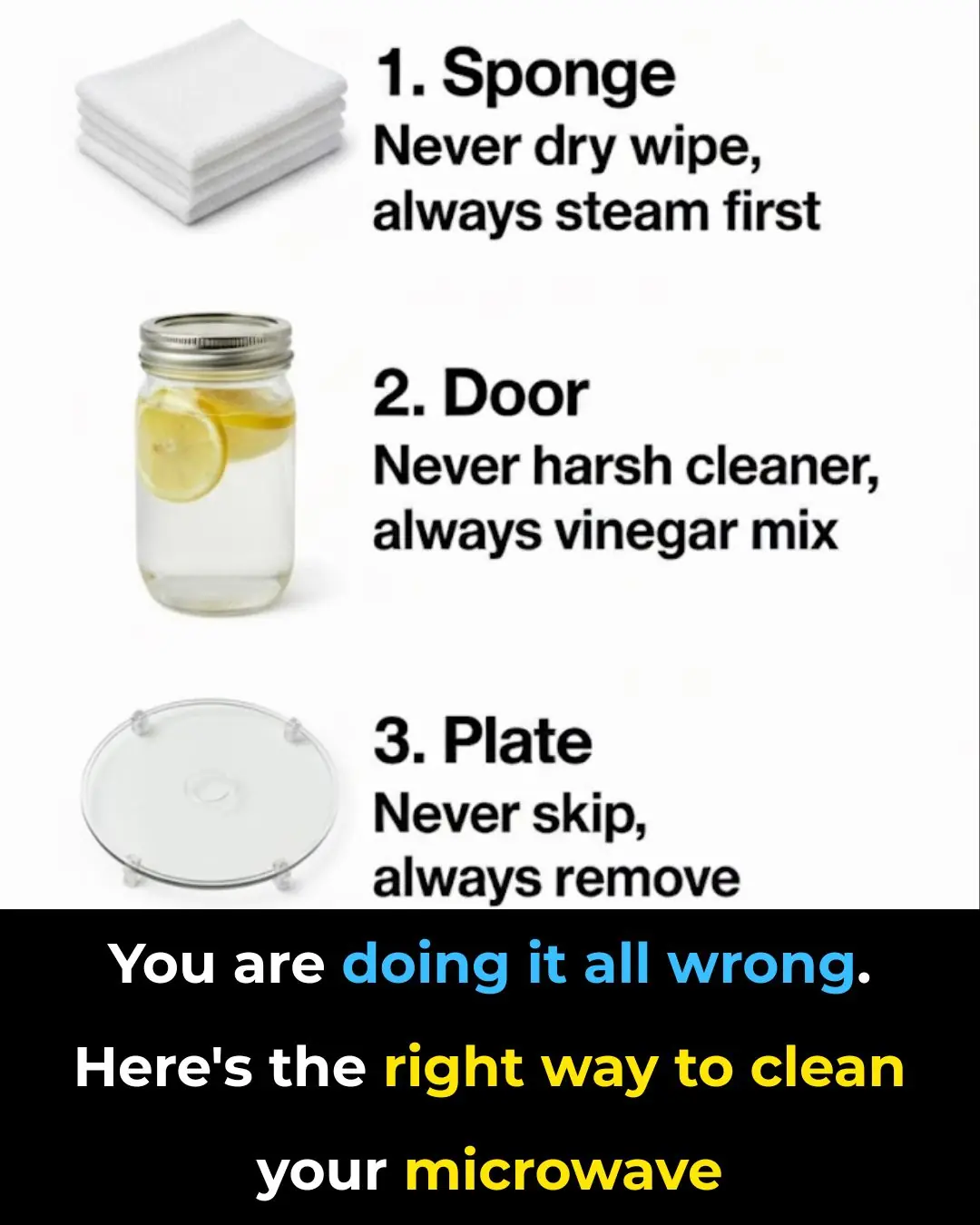
You are doing it all wrong. Here’s the right way to clean your microwave

10 genius tricks to revive your garden patio
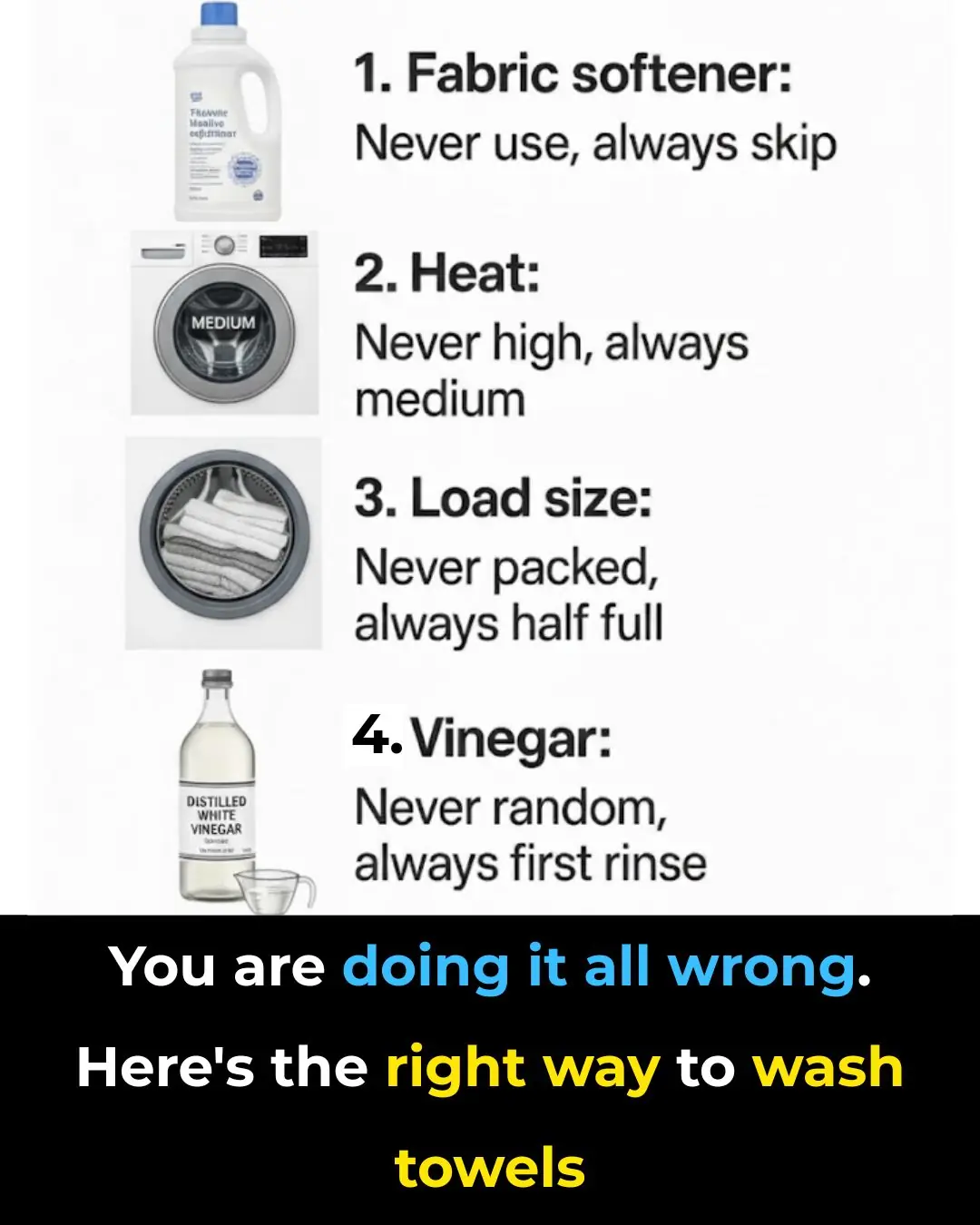
You are doing it all wrong. Here’s the right way to wash towels

You are doing it all wrong. Here’s the right way to store wrapping paper
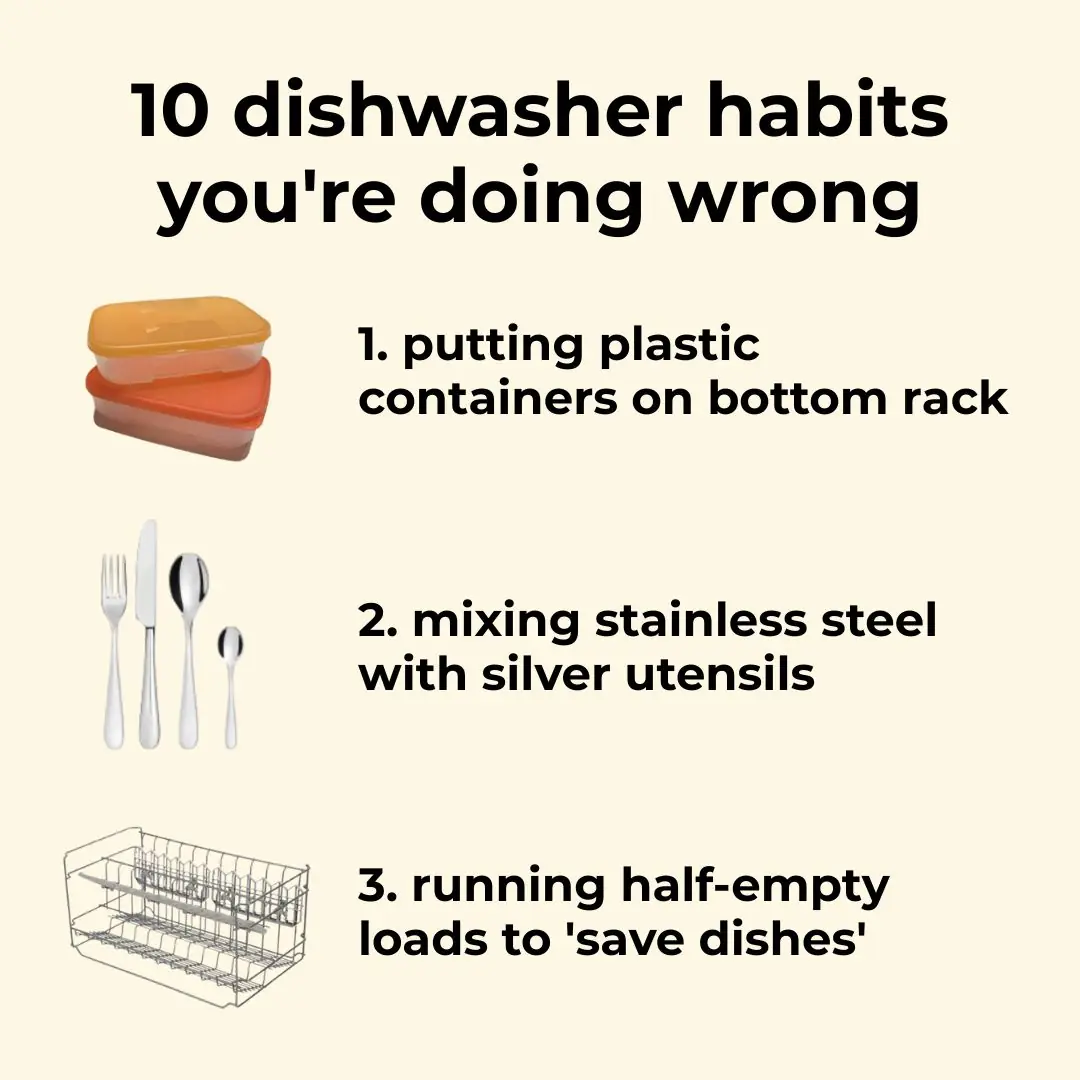
10 dishwasher habits you’re doing wrong
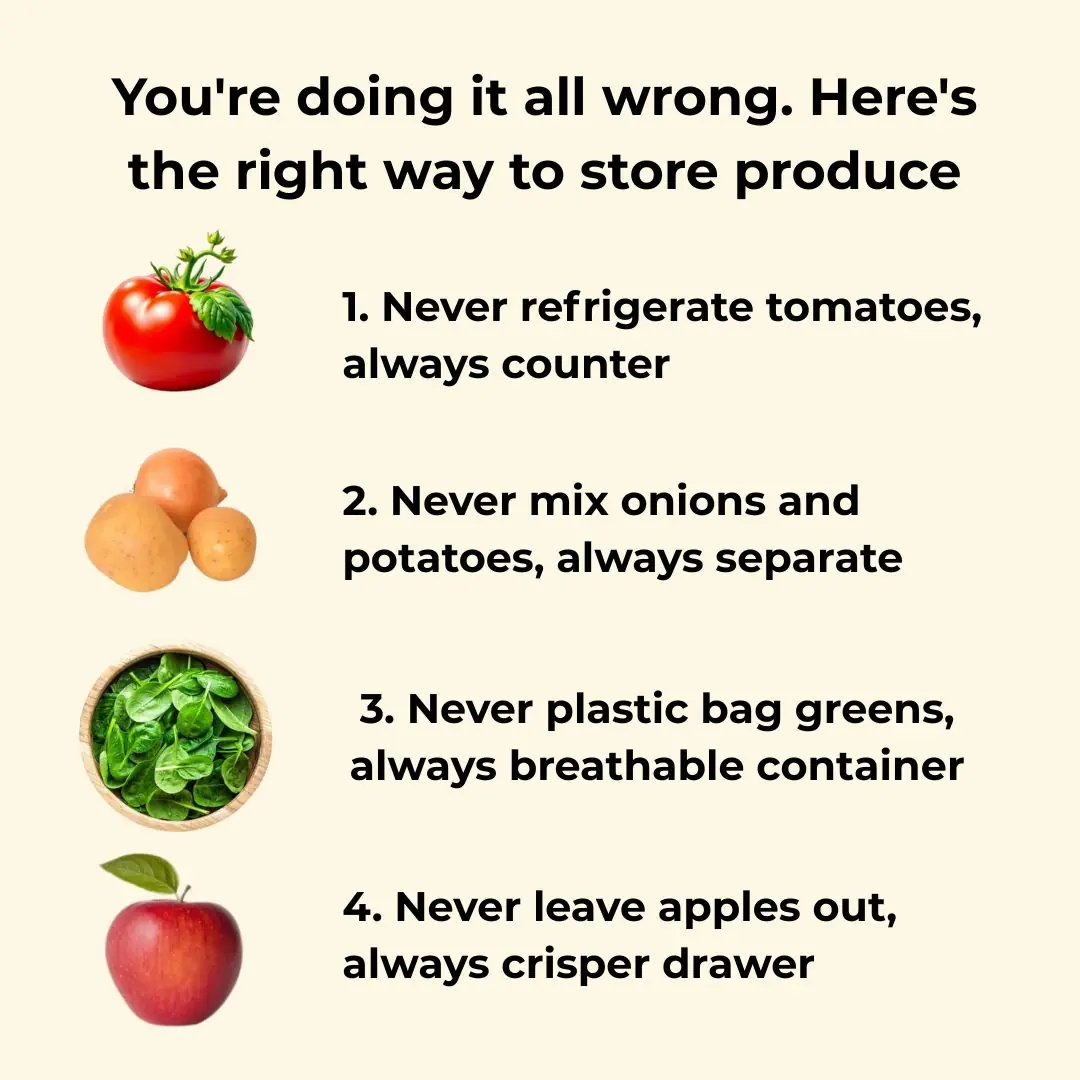
You’re doing it all wrong. Here’s the right way to store produce
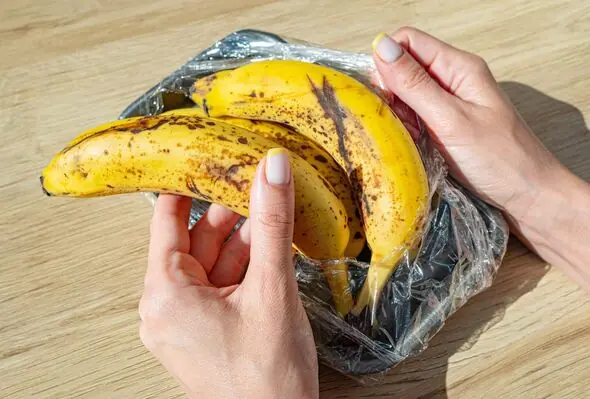
When you eat a banana with spots that is turning brown, here's what happens to your body

My toenail turned thick and yellow. Clinic can’t see me anytime soon. What is this?
News Post

DIY Natural Collagen Powder for Glowing, Youthful Skin

7 Heart-Healing Foods Your Cardiologist Won’t Tell You About

Say Goodbye to Joint and Bone Pain Naturally with This Ancient Herbal Remedy

Do you belong to these 4 types of people? You should know now.

Don't throw away rotten tomatoes, the rottener the tomatoes, the more useful they are if you know these uses

Here's how to open a can in an emergency (this is so simple!)

When buying avocado, don't be greedy for big fruit or you'll "waste money", choose this point to get the most delicious and supple one.

98% of people don't know what the hole in a safety pin is for

What are the health benefits of mackerel? How to cook mackerel to make it rich and delicious

Boiled chicken often has red bones: Do this extra step to make the chicken delicious, not have cracked skin, and remove all bad odors.

The Hidden Meanings Behind Men Wearing Earring

Put a branch of ginger under your pillow before going to bed: A good tip both men and women need, not knowing is a waste

What Happens If You Consume Raw Garlic Daily

Take a Glass of This and Your Liver Will Be Renewed!

How to remove odors and dirt from electric kettles very simply: If you don't know, it's a waste

Tips to keep garlic from turning green after soaking in vinegar. It can be kept for a whole month and still be white, crispy, and not soggy.

Refrigerator: Do it this way, it will stay fresh for a month, no blackening or spoilage

You are doing it all wrong. Here’s the right way to use your slow cooker

You are doing it all wrong. Here’s the right way to clean your microwave
